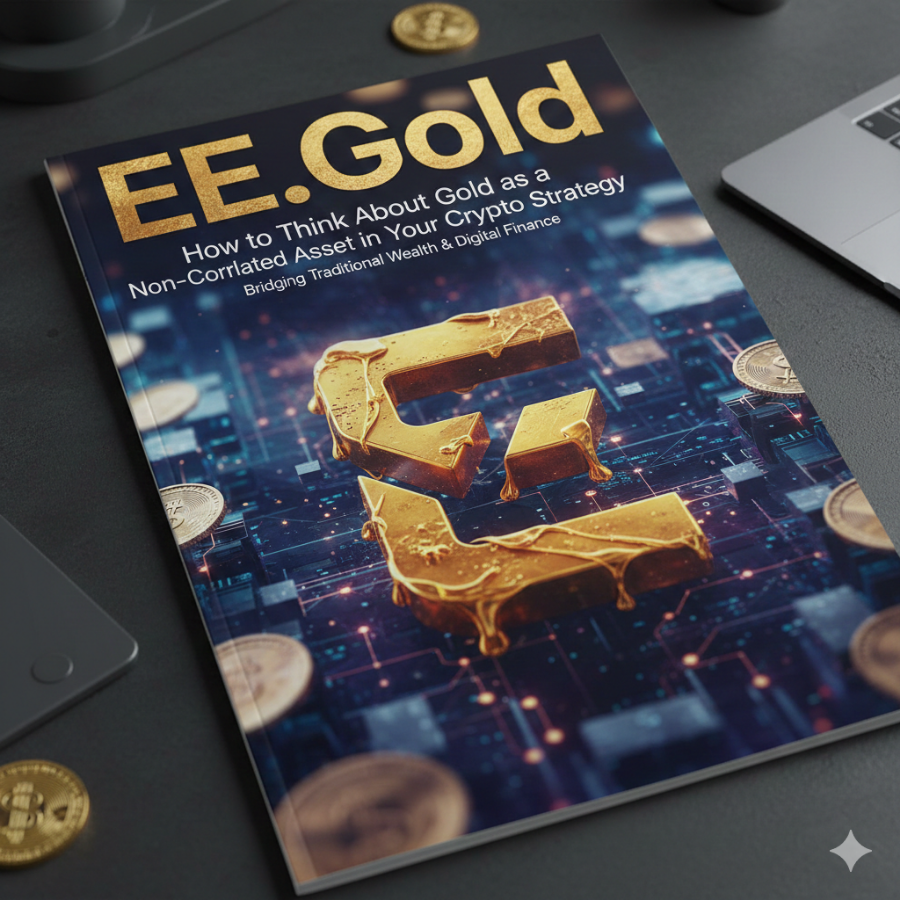Blog
Entering the world of physical gold can feel intimidating: big bars, high prices, storage worries, and the fear of “what if I need to sell some quickly?” The good news in 2025 is that you no longer need $70,000 for a “standard” 1-kilogram bar or even $2,700 for a full ounce. Small gold — 1 gram to 10 gram bars and fractional coins — has become cheaper, more liquid, and more practical than ever.
Here’s why first-time buyers are smarter to start small.
1. Lower Absolute Risk While You Learn
A 1-gram bar or 2.5-gram coin costs roughly $90–$115 at today’s prices. Losing or damaging your first purchase won’t ruin your month. You get to experience:
- Ordering from a real dealer
- Verifying authenticity (weight, ping test, sigma tester)
- Safe storage at home or in a safe-deposit box
- The first sale back to a dealer
…all with pocket-money stakes. Once you’re comfortable, scaling up is easy.
2. Real Divisibility = Real Usability
Large bars are beautiful, but they’re all-or-nothing. Small units are spendable and barterable in almost any scenario people worry about:
- 1 g bars (≈ $90) – everyday emergencies
- 5 g or 10 g bars (≈ $430–$850) – larger payments
- 1/10 oz or 1/4 oz coins – instantly recognized worldwide
In Venezuela (2017–2020) and Lebanon (2020–2024), people routinely used 1 g and 2.5 g bars for groceries, rent, and medical bills when the local currency collapsed. One ounce coins were simply too big.
3. Tighter Spreads Than You Think in 2025
The old rule (“small gold has huge premiums”) is increasingly outdated.
Current retail premiums over spot (Nov 2025):
- 1 oz coin/bar → 2.8–4%
- 10 g bar → 4–6%
- 5 g bar → 6–8%
- 1 g bar (in assay card) → 9–14%
Yes, percentage premiums are higher, but the dollar amount you lose on the spread is tiny:
- 1 oz coin: $75–$110 total spread round-trip
- 1 g bar: $10–$15 total spread
You pay a little more percentage-wise, but you risk far less capital.
4. Best Recognizable Options for Beginners (2025 Ranking)
| Format | Size | Premium | Liquidity | Why Beginners Love It |
|---|---|---|---|---|
| Perth Mint Kangaroo | 1/10 oz | ~6–8% | Excellent | Tiny, gorgeous, trusted mint |
| Canadian MapleGram25 | 1 g (25×1g) | ~10–12% | Very high | Breakable card – ultimate flexibility |
| PAMP Fortuna (assay) | 1 g–10 g | 8–14% | Global | Tamper-proof card, most faked-proof |
| Valcambi CombiBar | 10×1 g | ~11% | High | Snap off one gram at a time |
| Argor-Heraeus / Nadir | 5 g & 10 g | 5–9% | High | Lowest premiums in small size |
| British Britannia | 1/10 oz | ~7% | Excellent | Legal tender, CGT-exempt in UK |
5. Storage and Security Becomes Laughably Easy
- A 50-gram position (≈ $4,300) fits in a matchbox.
- 100 grams fits in your pocket.
- Hide it anywhere a thief won’t look for five minutes.
Compare that to a 1-kilo bar that needs a safe bolted to concrete.
6. Liquidity Is Better Than Ever
Most major dealers and pawn shops now buy back 1 g–10 g pieces at 1–3% below spot — often the same day, no questions. In 2025, platforms like Glint Pay, Kinesis, and VeraCash even let you spend tiny gold units directly with a debit card or transfer gram-for-gram to another user globally.
7. Psychological Wins That Keep You Stacking
Buying a full ounce feels great once a year. Buying a 5-gram bar every paycheck feels like a video game — you watch the pile grow visibly. Behavioral studies show people who buy small, frequently end up owning 2–4× more gold after five years than “big purchase” buyers.
Simple First-Time Buyer Plan (2025)
- Buy your first 10 grams total (mix of 1 g and 5 g in assay) → under $1,000
- Test storage, test selling 1–2 grams back to the dealer
- Set a monthly auto-buy of 3–10 grams (many dealers offer 0% premium plans)
- After 50–100 grams, graduate to 1 oz coins or 50–100 g bars for lower cost
Final Verdict
Big bars are for veterans who already trust the system they built. Small gold is for everyone starting today — lower risk, real-world usability, easy storage, and the fastest way to turn knowledge into confidence.
In an uncertain world, the smartest way to own your first gold is the way you can actually hold in one hand without stress.
Start small. Stack often. Sleep better.
NOTE
This Content is the copyrighted content of EE.GOLD. All rights are reserved. You are welcome to share or use our content only by including direct links to our website. Any other form of reproduction, distribution, or use without proper attribution is strictly prohibited.
This Content is intended solely for educational purposes. The information provided does not constitute financial or investment advice.
Please note that Digital Storage Receipt, Secure Storage Solutions, and Physical Gold Sales are the only services offered by EE.GOLD.
We strictly adhere to government regulations and are firmly against all illegal financial or investment activities globally.
For further inquiries, feel free to contact us through our official channels.




















.png)

